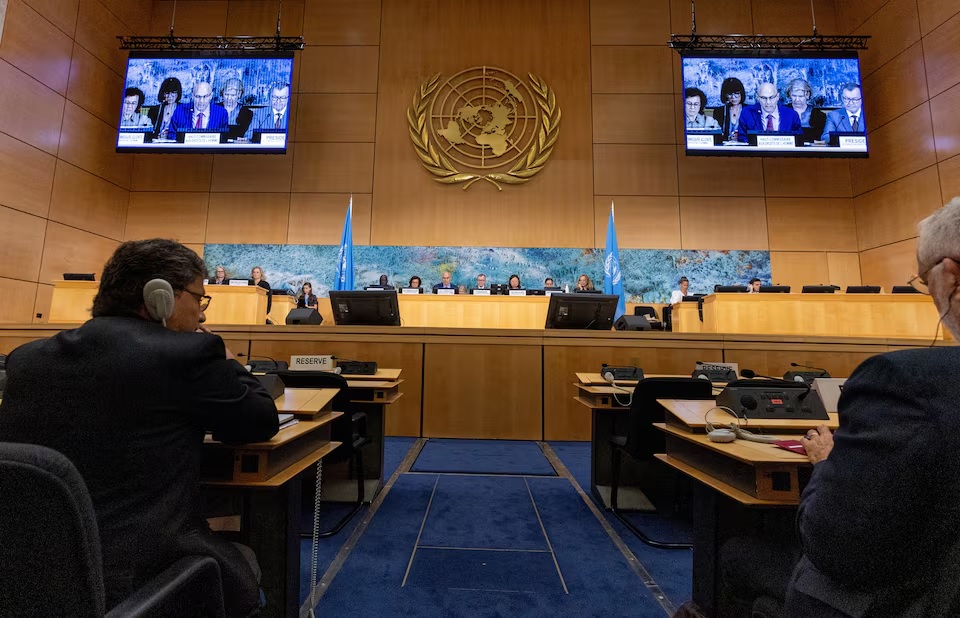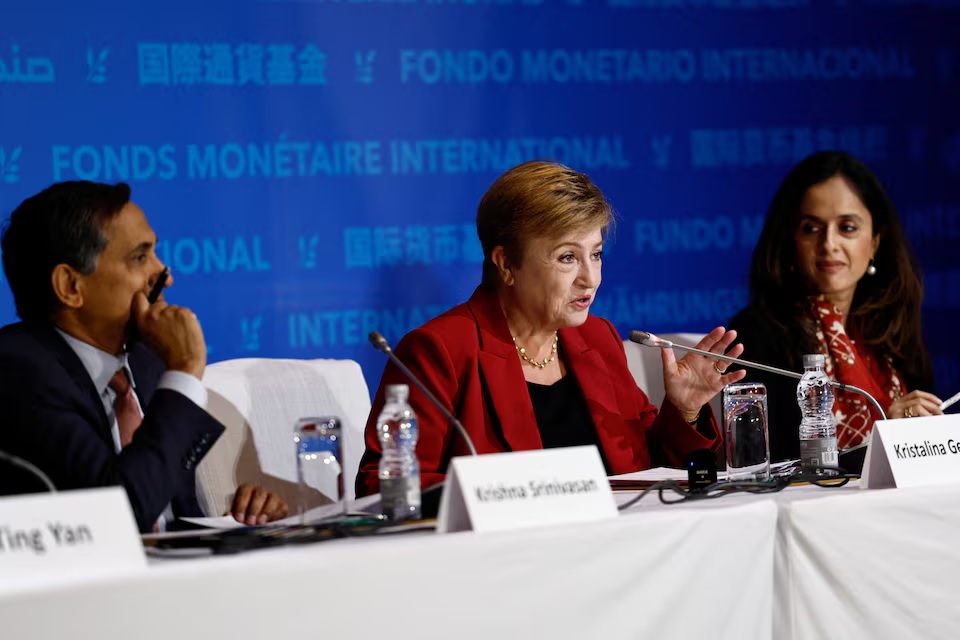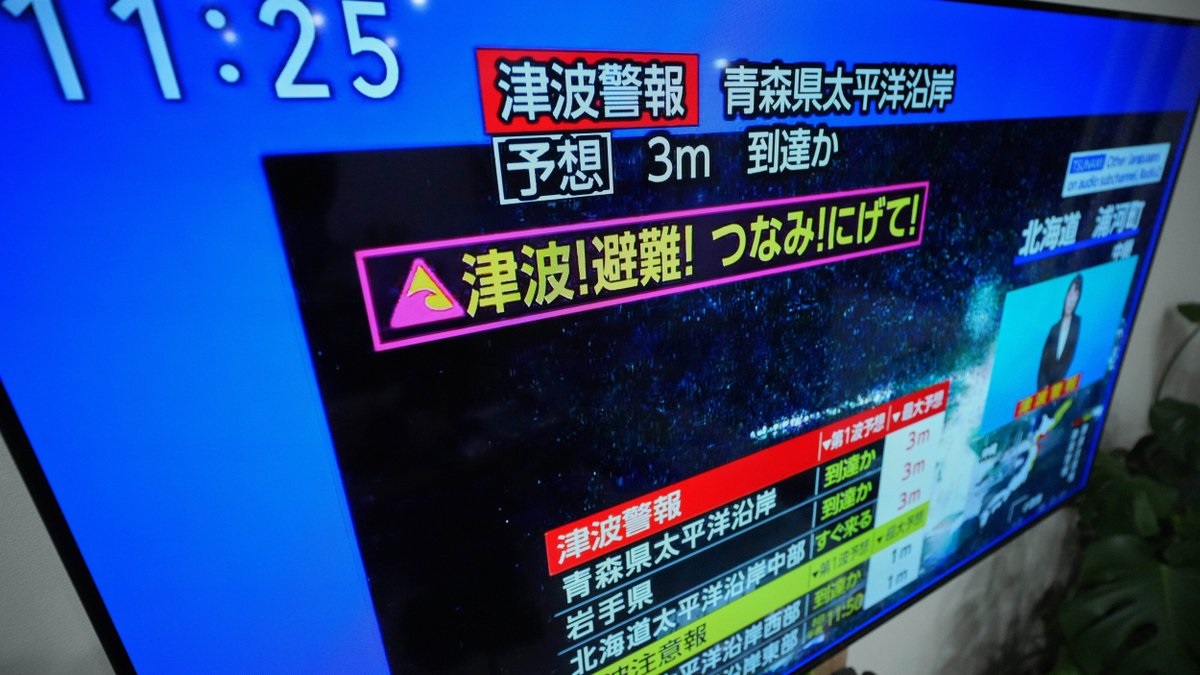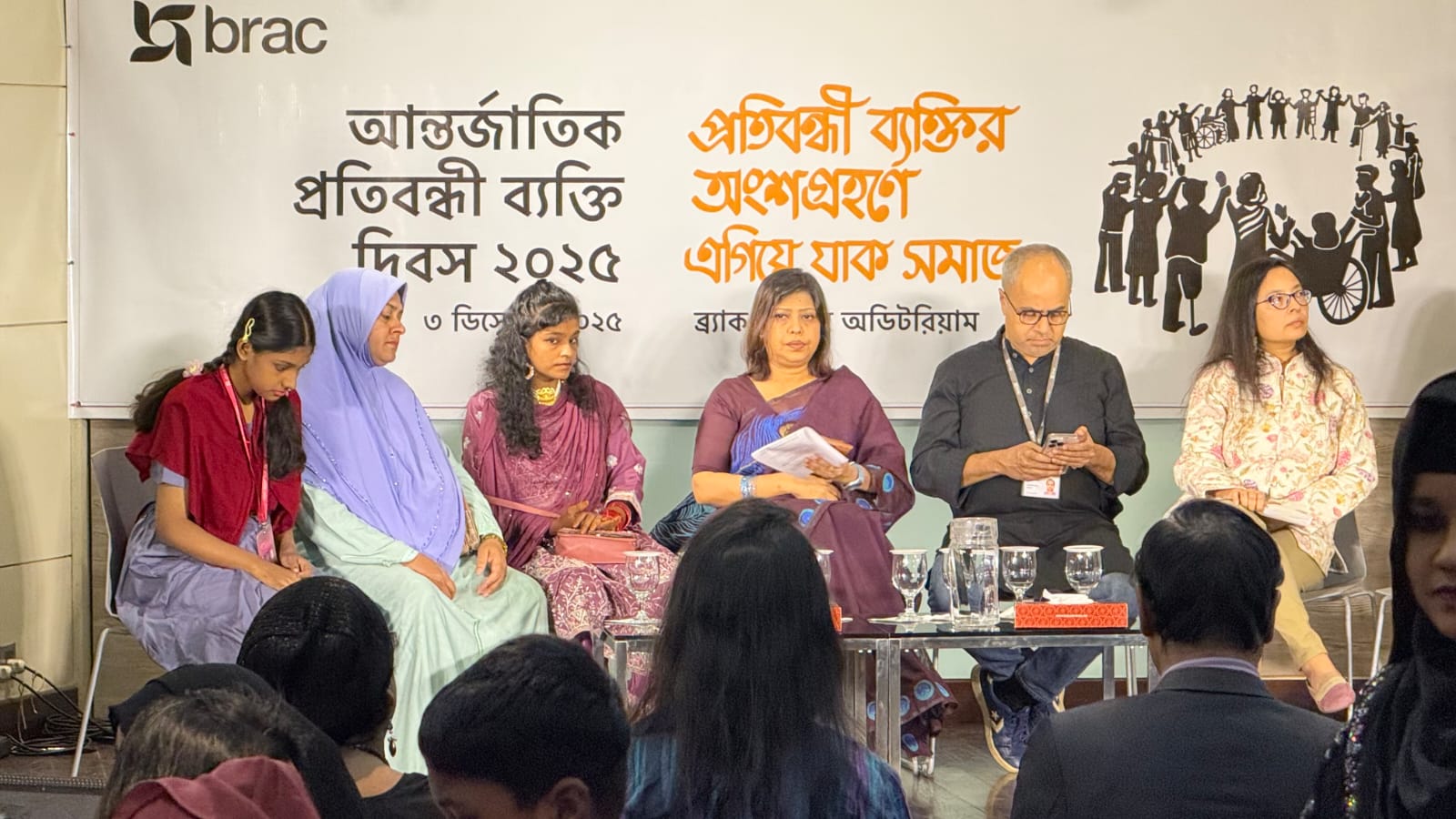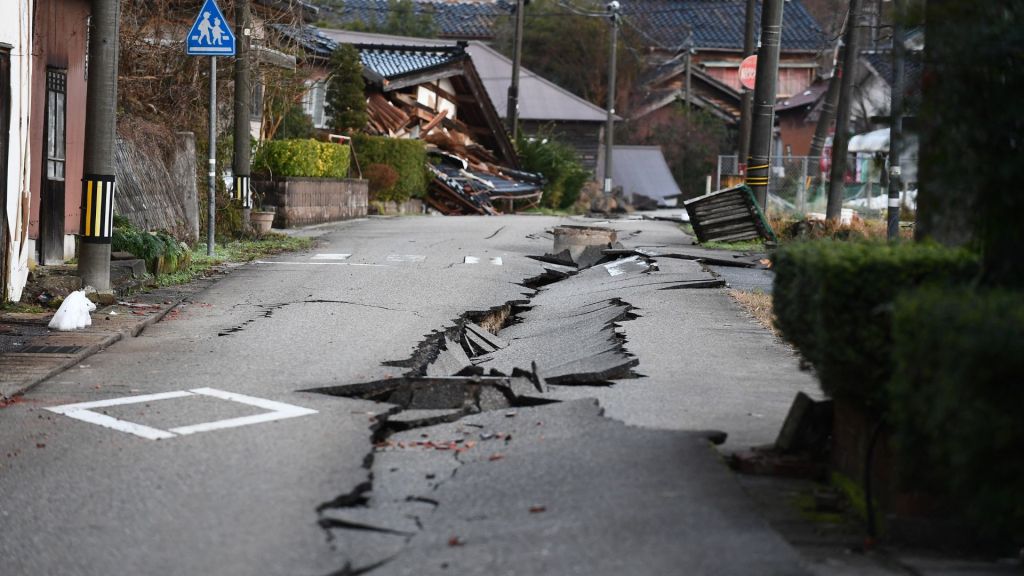Microcredit’s Broken Promises: Why Some Borrowers Are Saying “Enough”

For decades, microcredit has been praised as a miracle cure for poverty. Small loans, primarily given to low-income women, were intended to help them start businesses, earn more income, and lift their families out of poverty. But today, in many places, people are telling a different story—one of debt traps, harassment, and shattered hopes.
Below are two real-world cases showing why some borrowers have grown deeply unhappy with NGO-backed microcredit.
Andhra Pradesh, India: When Loans Turned Deadly
In the Indian state of Andhra Pradesh, microcredit experienced significant growth in the 2000s. Dozens of private microfinance lenders flooded poor villages with easy loans. Interest rates were high—often 30% or more a year—and many borrowers did not fully understand how much they would owe.
When borrowers fell behind on payments, collection agents would repeatedly show up at their doors, sometimes threatening or humiliating them in public. Women described being shamed in village meetings. Faced with this pressure and the fear of losing all dignity, some took drastic steps.

By 2010, over 80 suicides were linked to microfinance debt in Andhra Pradesh. The scandal shocked India and the world. Local authorities finally cracked down: new rules capped interest rates and banned abusive collection tactics.
But for many families, it was too late. They had lost loved ones and trust in the promise of microcredit.
Bangladesh: Small Loans, Big Burdens
Bangladesh is often referred to as the birthplace of modern microcredit. Groups like Grameen Bank have helped millions of people. But not everyone’s story is a success.
In poor districts like Kurigram, researchers found that some women had to sell their cows, goats, or even bits of their land just to keep up with weekly repayments. When floods or cyclones wiped out their income, the lenders still demanded payment.

Some borrowers took new loans just to repay old ones. This cycle trapped them in growing debt. The practice of “group lending”—where other borrowers pressure you to pay on time to protect their access to credit—often meant public shame for those who fell behind.
Borrowers told journalists they felt humiliated and hopeless. Some NGOs charged interest rates of 22% or more, making it even harder for the poorest to stay afloat.
A Common Complaint: Debt Without Opportunity
People in both India and Bangladesh share similar frustrations about microcredit:
- High interest rates that swallow up any small profits.
- Aggressive collection that humiliates or frightens borrowers.
- Pressure to repay even after disasters ruin their livelihoods.
- Debt cycles where new loans pay off old ones, creating endless obligation.

Many borrowers say the original promise of microcredit—empowerment and escape from poverty—has been lost. Instead, they feel trapped by an industry that sometimes seems to prioritize repayment rates over genuine human progress.
Calls for Change
Experts and activists argue that microcredit needs serious reform. They want:
- Fairer interest rates that don’t exploit the poor.
- Better education so borrowers truly understand loan terms.
- More flexible repayment plans, especially after natural disasters.
- Stricter rules to stop harassment and public shaming.
Some also argue that NGOs should invest more in savings programs, training, and social safety nets, so that loans are just one of many tools to combat poverty, rather than a trap that exacerbates it.







